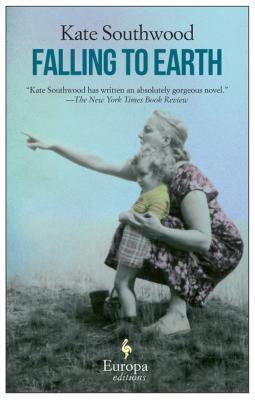What do you think?
Rate this book


272 pages, Paperback
First published March 1, 2013
Most of the book is not about the actual tornado itself, but the human behavior aspect of the town's people toward the Grave's family which sometimes becomes a bit monotonous.
Interesting read with a shocker of an ending.